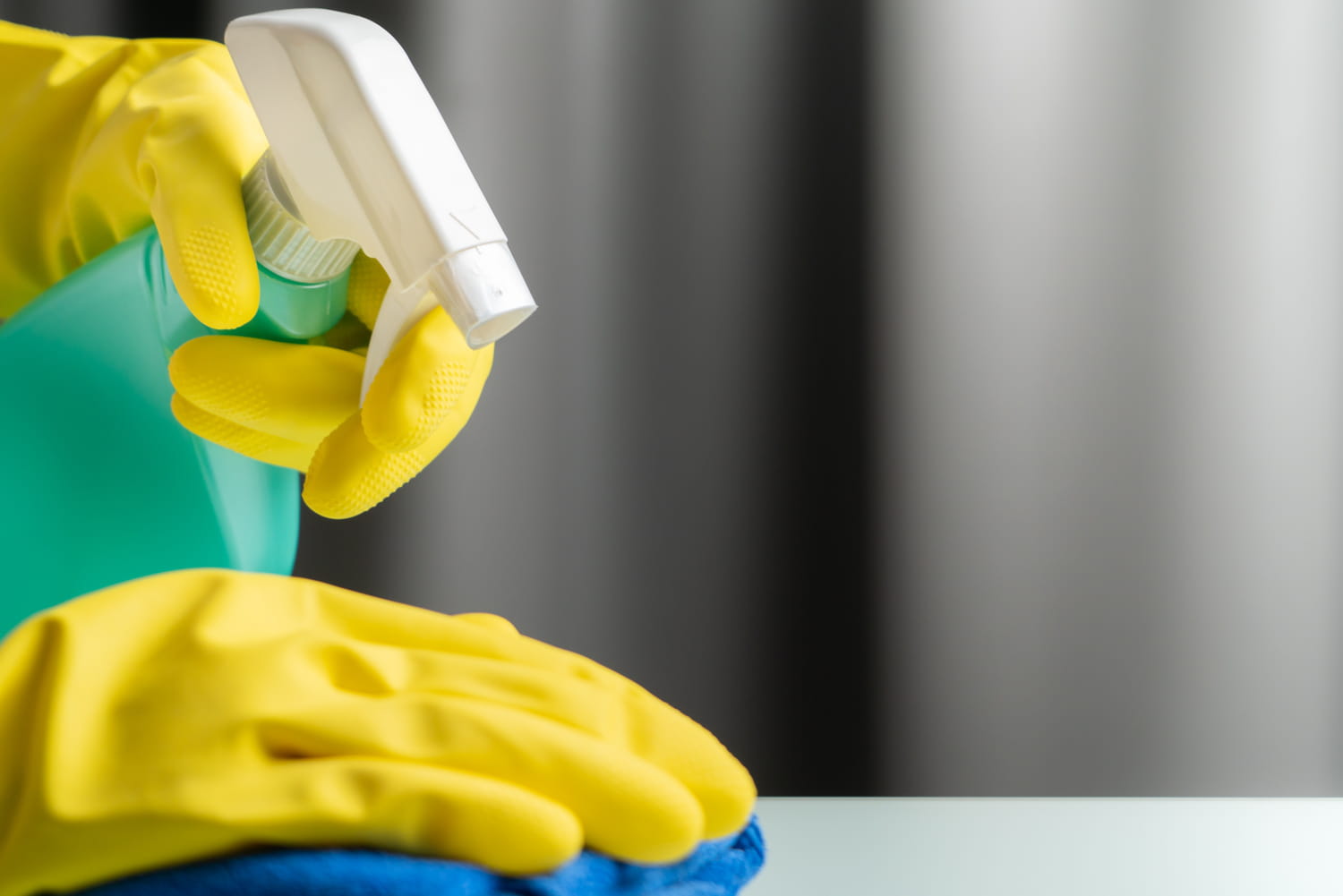White vinegar, this hero of cleaning, is often presented as a miracle product for all the surfaces of the house. But beware, some areas resist it badly … and could even be damaged in the long term.
Question cleaning, white vinegar is an undisputed star. Versatile, inexpensive and environmentally friendly, it perfectly replaces a string of chemicals. Its acid properties dissolve stains, describe and clean up in depth. However, it is not infallible. Certain surfaces and materials react poorly to its acidity, and persistent use could cause irreparable damage.
Indeed, white vinegar knows how to do everything: scouring the windows, removing limestone deposits in the kettle or replacing the softener for linen. Associated with baking soda, it becomes a shock duo to unclog the pipes. But like any superhero, it has its weaknesses. Sophie Officer, expert in ecological cleaning and co -founder of the Dustpan & Brush company, underlines: “As a cleaner, the acidity of white vinegar acts effectively to dissolve spots and deposits, but it can also cause long -term damage on certain materials”, she warns.
For example, marble or granite counters may tarnish because of the acidity that eats out their natural finish. Treated or waxed wooden floors could also lose their brilliance. And if you use vinegar to clean an electronic device like a coffee maker, it is best to scrupulously follow the manufacturer’s recommendations. In addition, if white vinegar is often used to clean the tiles, this is where troubles start. The product is actually effective to clear the traces of limestone on the tiles, but it should not be applied to the coulis joints. The acidity of the vinegar would gradually attack the coulis, causing discoloration and visible degradation over time. By force, the joints would become porous, leaving the dirt and the humidity to infiltrate there, promoting the appearance of mold.
Thus, to clean your joints without risking damaging them, opt for a simple solution: a homemade dough based on baking soda and water. Apply it on the joints, leave it acting for a few minutes, then rub gently with a toothbrush. You will be surprised by the result: clean and preserved joints, without the use of aggressive products.
Keep this golden rule in mind: always test on a small area before applying it everywhere. And for an effective and unpleasant surprises cleaning, alternate with other natural solutions such as baking soda, black soap or lemon.










